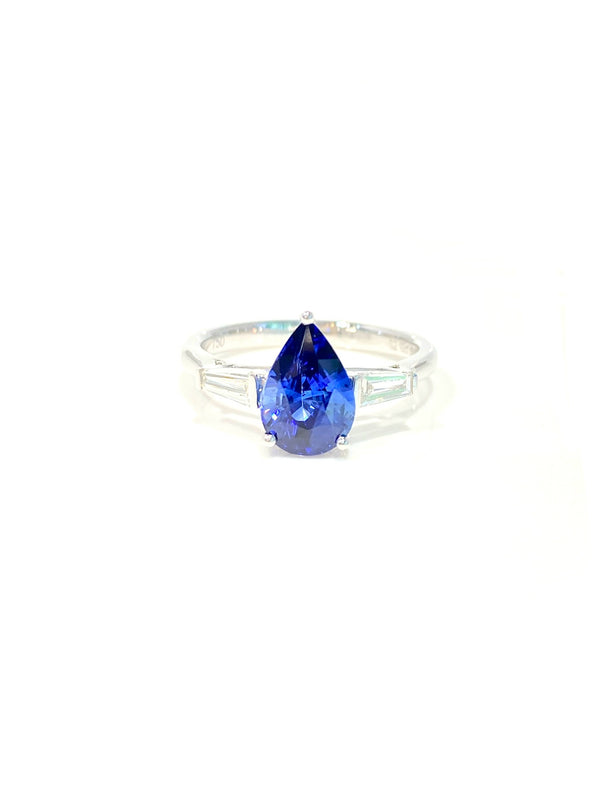The History and Mystique of Emeralds: A Timeless Gemstone
The History and Mystique of Emeralds: A Timeless Gemstone
Blog Article
Famous Emeralds Throughout History: Jewels of Royals and Celebrities
Emeralds are among probably the most charming gems, celebrated not only because of their impressive green color but additionally because of their geological story. These precious rocks belong to the beryl family, which also contains aquamarine and morganite. What makes tourmaline specially stimulating is the unique combination of conditions required for their development, in addition to the functions that set them aside from other gemstones.
Formation of Emeralds
Emeralds form below particular geological conditions around an incredible number of years. Their development usually occurs in metamorphic stones, which are formed from the modification of current stones because of temperature and pressure. The primary materials for emerald development contain beryllium, aluminum, silica, and a variety of different components, specially chromium and vanadium. These trace things give emeralds their characteristic green hue.

The procedure begins in hydrothermal veins, where mineral-rich hot water percolates through breaks in the rock. As the water cools, beryllium-rich nutrients crystallize. When chromium or vanadium exists, they change a few of the beryllium in the gem lattice, leading to the vibrant natural color for which emeralds are renowned. This complex interplay of things is why is the treasure not merely wonderful but also relatively rare.
Emerald deposits are found in a few parts around the globe, with Colombia being the most famous source. The initial geological problems in the Andes hills build the best setting for providing a number of the highest-quality emeralds. Other notable options include Zambia, Brazil, and Afghanistan, each adding distinctive features for their emeralds centered on regional spring content and development processes.
Distinctive Options that come with Emeralds
One of the very special features of emeralds is their understanding, or lack thereof. Many emeralds contain inclusions, usually called jardin, a French term indicating garden, which identifies the elaborate central styles shaped by the trapped minerals. These inclusions, while sometimes considered as defects, may enhance the gem's character and originality, making each emerald one-of-a-kind.
The hardness of emeralds, scored at 7.5 to 8 on the Mohs scale, also pieces them apart. While they're resilient enough for everyday use, their central breaks can make them more vunerable to cracking in comparison to other jewels like diamonds. This duality brings to their appeal: they are both important and delicate.

Moreover, emeralds present a phenomenon known as pleochroism, which allows them to produce various colors when considered from various angles. That quality can cause a magical degree and difficulty in the stone, captivating treasure fans and collectors alike.
Ultimately, the symbolic significance of emeralds can not be overlooked. During history, they have been related to renewal, fertility, and love. Their wealthy natural shade evokes the vibrancy of nature, adding to their appeal.
Conclusion
Emeralds are not just lovely gemstones; they are the consequence of a intriguing geological method and get unique features that make them stay out. Understanding the research behind their formation and the characteristics that define them deepens our appreciation for these important rocks, making them a valued supplement to any collection.
Report this page